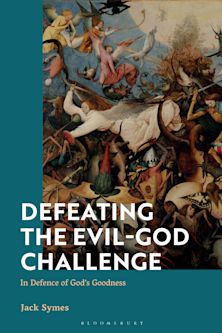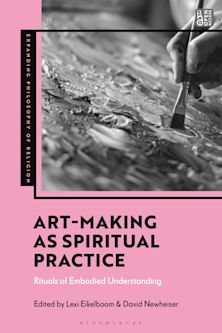René Girard and Creative Mimesis
Description
For half a century René Girard’s theories of mimetic desire and scapegoating have captivated the imagination of thinkers and doers in many fields as an incisive look into the human condition, particularly the roots of violence. In a 1993 interview with Rebecca Adams, he highlighted the positive dimensions of mimetic phenomena without expanding on what they might be. Now, two decades later, this groundbreaking book systematically explores the positive side of mimetic theory in the context of the multi-faceted world of creativity. Several authors build on Adams’ insight that loving mimesis can be understood as desiring the subjectivity of the other, particularly when the other may be young or wounded. With highly nuanced arguments authors show how mimetic theory can be used to address child and adult development, including the growth of consciousness and a capacity to handle complexity. Mimetic theory is brought to bear on big questions about creativity in nature, evolutionary development, originality, and religious intrusion into politics.
Table of Contents
Vern Neufeld Redekop and Thomas Ryba
Part I. CREATIVE MIMESIS: HUMAN DEVELOPMENT
Chapter 1: Transforming Intersubjective Space: From Ruthlessness to Primary Creativity and Loving Mimesis
Martha Reineke
Chapter 2: Mimesis and Creativity in Language Origins and Language Acquisition
Christina Biava
Chapter 3: The Good, the True, and the Beautiful and René Girard's Mimetic Theory
Richard McGuigan and Nancy Popp
Part II. ORIGINALITY AND COMPETITION
Chapter 4: Modern Freedom and Creativity: “truth stripped of its cloak of time . . .”
Andrew O'Shea
Chapter 5: Mimetic Theory and the Question of Originality
Robert Doran
Chapter 6: Mimesis and Immortal Glory: How Creativity is Spurred by the Desire for One's Ideas to Dominate the Meme Pool
Thomas Ryba
Part III. POLITICS, POWER AND RELIGION
Chapter 7: Vox popluli, Vox Dei: The Pantheistic Temptation of Democracy
Wolfgang Palaver
Chapter 8: The Girardian Mimetic Theory and its Reading
Product details
| Published | 21 Nov 2013 |
|---|---|
| Format | Ebook (PDF) |
| Edition | 1st |
| Extent | 1 |
| ISBN | 9781978756113 |
| Imprint | Lexington Books |
| Illustrations | 5 b/w illustrations; 1 tables; |
| Publisher | Bloomsbury Publishing |
Reviews

ONLINE RESOURCES
Bloomsbury Collections
This book is available on Bloomsbury Collections where your library has access.



































